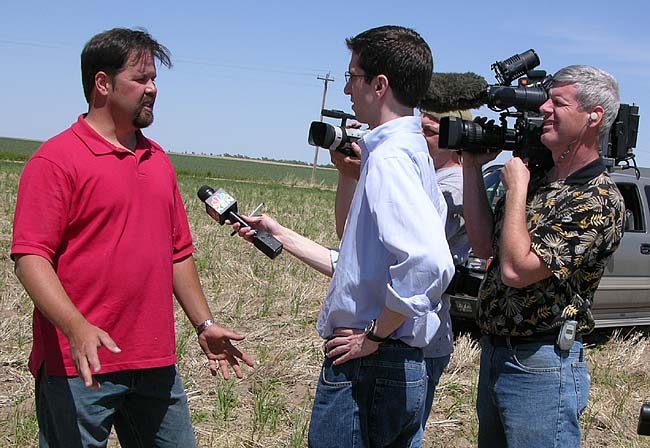
In our last episode of what to do when the press calls, we considered the impromptu inquiry from a member of the media. Now, let’s assume that the reporter is calling to set up an appointment to talk about your business or a business or public policy issue on which you’re an expert. First, make sure the reporter has access to all of your media outreach materials, including websites, links to other stories about you, your press kit, and any late breaking news about you or your industry since you put your press kit together. Next, offer to meet the reporter at your place of business, or agree to come to the reporter’s office. Hint:
reporters like to get out of the office. Avoid meeting in coffee shops or restaurants. While these might seem like more social settings, they are unlikely to provide the kind of privacy best suited for the occasion.
In advance of the interview, think of the three takeaways you want the reporter to come away with. Sometimes you won’t be asked questions that pertain to your takeaways, but work them in there anyway, by using an opportunity to segue into them while answering another question. Be prepared with three references–sometimes–but especially if you’re being profiled–a reporter will ask for someone who is familiar with you or your work. Make sure at least one of your three takeaways involves your USP or unique selling proposition. This is the one sentence description of your business that sets you apart from all other businesses or competitors. "We’re the only developers of solar panels using patented micro-flow technology." Increasingly, reporters at understaffed media outlets don’t have time for an out of the office visit, and will offer to do a phone interview. While lacking face time, this allows you to have your talking points laid out in front of you while you’re being interviewed. And, in today’s wired world, there’s a good chance your reporter is in another town, state or country.
For a phone interview, withdraw to a quiet area of your place of business or home, where you won’t have distractions. Ideally, while you’re being interviewed, you’re thinking ahead to make sure you get in your three takeaways, and pick up on anything the reporter says that can be used as a springboard for further conversation. Figure on the interview lasting 15 to 20 minutes and having enough material to keep the reporter enlightened throughout. Offer to send any backup material that illustrates your points and get an email address for future correspondence.
Don’t ask the reporter to notify you about when the story will run. Tracking stories is your job (or that of your PR person) and you can imagine what a nuisance it would be if the reporter had to keep track of notifying everyone who was interviewed for a given story. If you have a PR person, they will most likely be the one to followup with the reporter on when the story will run. But generally, if you’re being interviewed for a daily blog or print publication, you can figure on a shorter time between interview and publication, than for a monthly where you may be interviewed in June for a story that will appear in November. Highlight any civic activities you’re involved in especially if they relate to your product or business. Offer to keep the reporter informed about any ongoing news involving your product or business. For example, the outcome of a Supreme Court case that your industry expects to win a few months from now. Reporters generally are not inquisitors and are often trying to develop information under time constraints. If you’re prepared, enthusiastic and articulate, you should be able to handle and benefit from whatever press inquiries come your way.






